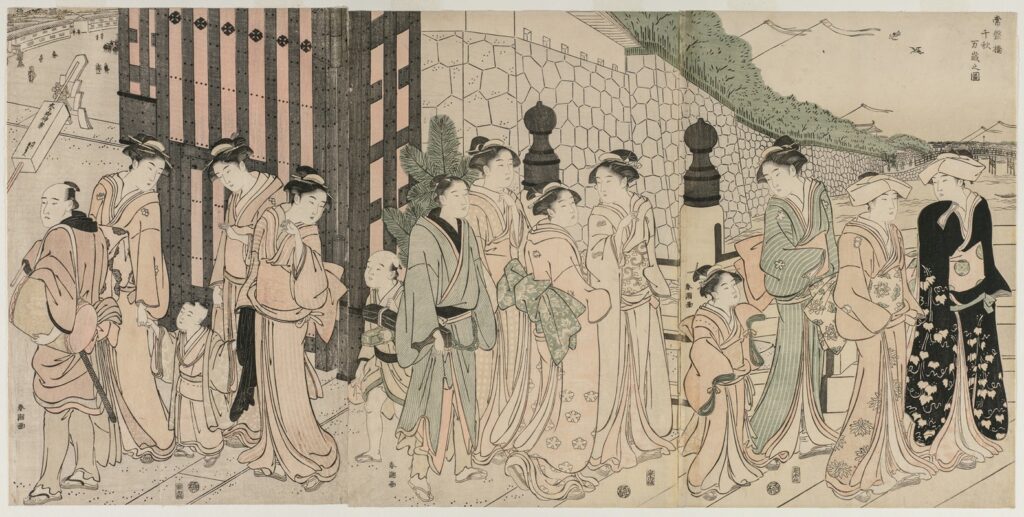
Person-years, often encountered in epidemiology and various forms of biomedical and public health research, stands as a pivotal concept that enables researchers to quantify the amount of time that study participants spend in a study. This entry of Epi Explained will cover the basics of what Person-Years are, and how they can be used.
Introduction to Person-Years
At its core, the concept of person-years provides a way to account for the time dimension in studies, especially when participants are followed for varying lengths of time. It amalgamates individual time contributions into a collective metric, offering a nuanced view of exposure or risk over time. It should be noted that there are also such things as Person-Months, Person-Days, and even Person-Hours, which all follow the same logic.
Definition and Significance
Person-years refer to the cumulative sum of time that all participants spend in a study until a specific endpoint, such as the occurrence of a disease, death, or the conclusion of the study period. This measure is crucial for calculating incidence rates, which are fundamental in understanding the frequency of new cases of a disease or condition within a population over time.
Historical Context
The use of person-years can be traced back to the early days of epidemiological and clinical research, where the need to accurately measure risk and exposure over time became apparent. This concept has since evolved, becoming a standard metric in the field for analyzing longitudinal data.
Calculating Person-Years
The calculation of person-years is straightforward but requires meticulous data collection and management. Here’s how it’s done:
Basic Formula
The formula for calculating person-years is:
Example Calculation
Imagine a study with 3 participants followed for different lengths of time:
- Participant 1: 2 years
- Participant 2: 3 years
- Participant 3: 1.5 years
The total person-years would be:
Considerations
When calculating person-years, it’s essential to account for any participants who may leave the study early (lost to follow-up) or who experience the study endpoint (e.g., diagnosis of a disease). Their contributed time until that point is included in the total person-years.
Application of Person-Years in Research
Person-years serve multiple purposes in epidemiological and public health research, including:
Incidence Rate Calculation
One of the primary applications of person-years is in the calculation of incidence rates, which are a measure of the frequency with which new cases of a disease or condition occur in a population over a specified time period. The incidence rate is calculated as:
where the Population Standard could be 1,000, 10,000, or 100,000, depending on the context and the typical incidence rate of the condition being studied.
Comparative Studies
Person-years are also instrumental in comparative studies, where researchers aim to compare the incidence rates of a disease or condition between different groups (e.g., exposed vs. unexposed groups). This comparison can reveal potential risk factors associated with the disease.
Longitudinal Analysis
For studies that follow participants over long periods, person-years provide a dynamic measure that can accommodate varying follow-up times among participants, ensuring that the analysis remains robust and reflective of the study population’s actual exposure time.
Practice Problem
In an epidemiological study focusing on the incidence of a new respiratory disease, researchers followed a group of 500 participants over a 2-year period. The participants were recruited for the study at different times and had varying duration of follow-up due to different enrollment dates and some participants leaving the study before its conclusion. The follow-up time for each participant until the end of the study, loss to follow-up, or the occurrence of the disease (whichever came first) was recorded. Below is a summary of the follow-up time for the participants:
- 100 participants were followed for the entire 2-year period.
- 150 participants were followed for 1.5 years.
- 200 participants were followed for 1 year.
- 50 participants were followed for 0.5 years.
What is the total number of person-years?
A. 650 person-years
B. 700 person-years
C. 725 person-years
D. 750 person-years
Answer: Click to reveal
A. 650 person-years
Conclusion
Person-years is a fundamental concept in epidemiology that enriches our understanding of disease dynamics and risk factors over time. By capturing the time dimension of exposure, person-years facilitate nuanced analyses that can guide public health policies and interventions, or simply quantify the impacts of the current health landscape.
Humanities Moment
This Epi Explained’s featured artwork is A Thousand Autumns, Ten Thousand Years on Tokiwa Bridge (early 1790s) by Katsukawa Shunchō (Japanese, Active 1783-1795). Katsukawa Shunchō was a Japanese ukiyo-e artist, which is a form of woodblock printing. He was a part of the Katsukawa school, which is renowned for its depictions of kabuki actors, sumo wrestlers, and beautiful women (bijin-ga). Shunchō is particularly noted for his bijin-ga, or images of beautiful women, often capturing them in daily activities or as part of the pleasure quarters of Edo (modern-day Tokyo).

Beautiful explanation with a beautiful painting as a bonus. Thank you very much!